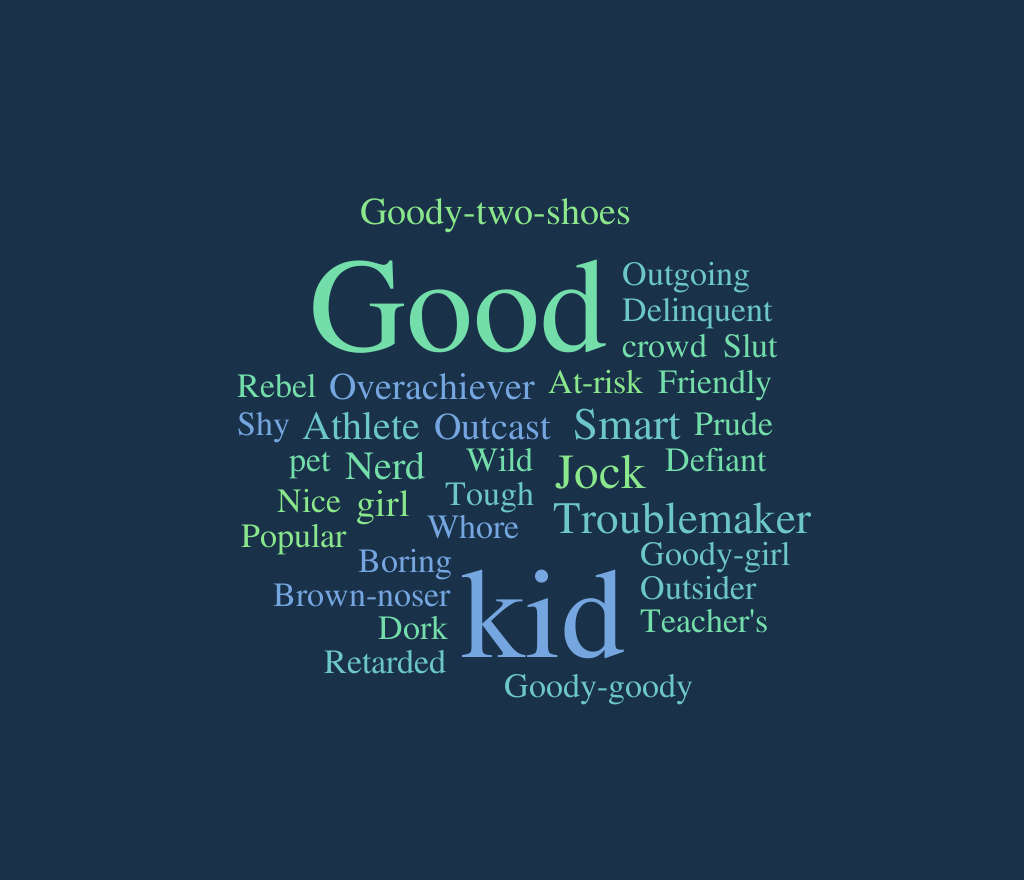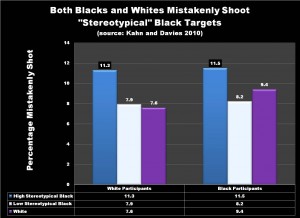 I asked my Juvenile Delinquency students to write short essays reflecting on the labels that had been applied to them as they were growing up. As I read the essays, I took note of the words they used to explain how other people saw and described them, and I created the word cloud above (worditout.com) .
I asked my Juvenile Delinquency students to write short essays reflecting on the labels that had been applied to them as they were growing up. As I read the essays, I took note of the words they used to explain how other people saw and described them, and I created the word cloud above (worditout.com) .
It should come as no surprise that senior level college students were generally viewed as “good kids” – they are the success stories of their junior high and high schools. The phrase “good kid” came up repeatedly, as did variations such as “good girl”, “goody-two-shoes”, “teacher’s pet”, etc. A number of students described themselves as “athletes” or “jocks”, and a few students felt like “outcasts” or “outsiders”. Several felt like their teachers and other adults viewed them as “troublemakers” which often brought more scrutiny and limited their conventional opportunities. Most problematic were the labels “slut”, “retarded”, and “whore” – all characterizations which are hurtful just to write, let alone be weighed down by.
For the second half of their essay, I asked the students to imagine what their lives would have been like if they had been processed through the juvenile justice system and formally labeled delinquent (or, conversely, to imagine the opposite for those who lived the experience of formal labeling). It is a good chance for them to look back on their lives and think about their statuses, relationships and opportunities. And it reminds us all of the power of labels. Please, choose your words wisely.


